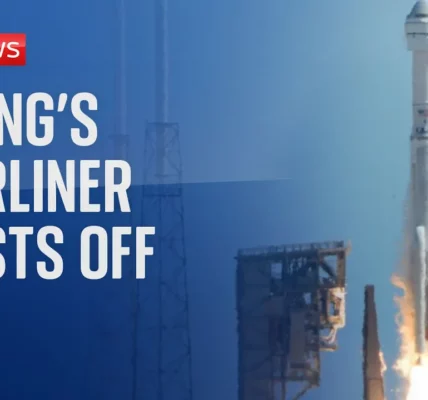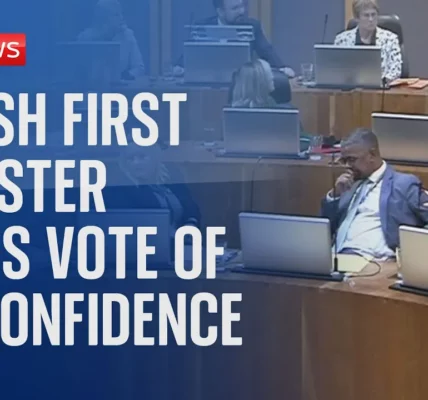Decisive Developments in the Israel-Hamas Conflict

In this article, we delve into the recent pivotal events in the ongoing conflict between Israel and Hamas, exploring the implications of the assassination of Yaya Sinwar and the military operations in Lebanon. Our military analyst, Shawn Bell, provides insights into the current situation, the historical context, and potential future developments.
Introduction
The conflict between Israel and Hamas has reached a critical juncture, marked by significant military actions and the assassination of key figures. The recent killing of Yaya Sinwar, a prominent leader of Hamas, has created ripples in the already volatile region. While this event may seem like a turning point, experts caution that it does not necessarily signal a fundamental change in the dynamics of the ongoing conflict. This article will explore the implications of Sinwar’s death, the broader military operations in Gaza and Lebanon, and the potential for escalation in hostilities.
The Impact of Yaya Sinwar’s Death
The assassination of Yaya Sinwar is a notable development in the Israel-Hamas conflict. Here are some key points regarding its significance:
- Symbolic Victory: Sinwar’s death is seen as a significant achievement for Israeli forces, providing a morale boost amid ongoing military operations.
- Creating a Martyr: The killing also transforms Sinwar into a martyr for Hamas, potentially rallying support and inciting further violence.
- Background and History: Sinwar, born in Khan Yunis, Gaza, had a long history of confrontation with Israeli forces, including multiple arrests and a notable prisoner exchange in 2011.
The Broader Military Operations
Operations in Gaza
In addition to Sinwar’s assassination, military operations in Gaza have intensified, leading to significant casualties. Recent reports indicate:
- Over 50 individuals killed within a single 24-hour period during various Israeli operations.
- Continued airstrikes and ground operations targeting Hamas infrastructure.
Operations in Lebanon
The situation in Lebanon has also escalated, with increasing military actions against Hezbollah. Key points include:
- Precision Strikes: Israel is conducting targeted strikes in Beirut aimed at Hezbollah’s command and control centers.
- Challenges for the IDF: Israeli Defense Forces are facing significant risks while operating in southern Lebanon, especially near the Litani River, where Hezbollah has entrenched positions.
- UN Involvement: The United Nations’ failure to maintain a buffer zone as per UN Resolution 1701 has led Israel to take unilateral military action.
Potential Future Developments
As hostilities continue, several potential scenarios may unfold in the coming days and weeks:
- Increased Asymmetric Attacks: Hamas and Hezbollah may resort to more unconventional tactics, including drone strikes and suicide bombers, as indicated by recent attempts to target Israeli leadership.
- Escalation of Violence: The rising death toll and ongoing military operations could lead to further escalation in violence across the region, affecting both Israeli and Palestinian civilians.
- International Reactions: Global reactions to the conflict may influence the actions of both sides, particularly in terms of diplomatic pressure and potential sanctions.
Conclusion
The recent developments in the Israel-Hamas conflict, particularly the death of Yaya Sinwar and the ongoing military operations in Gaza and Lebanon, underscore the complexity and volatility of the situation. As both sides continue to engage in hostilities, the potential for further escalation remains high. It is crucial for the international community to remain vigilant and seek avenues for dialogue and resolution. For more insights on the Middle East conflict, explore our related articles on the humanitarian impact of the war and regional geopolitical dynamics.
“`




